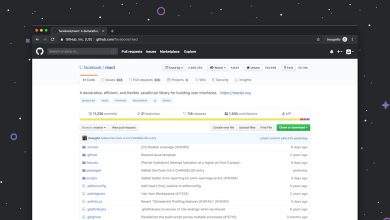
Key strategies for driving profitable growth on marketplaces
As e-commerce continues to expand at an unprecedented pace, online marketplaces like Amazon, eBay, Walmart, and Etsy offer businesses remarkable opportunities for scalable growth. However, thriving in these bustling marketplaces isn’t simply about listing products — it requires the right strategies to ensure profitable expansion. Below, we delve into key strategies that can help you drive profitable growth on marketplaces while maintaining operational efficiency and brand integrity.
1. Optimize Product Listings
Your product listings are your primary storefront on any marketplace. To capture consumer interest and drive conversions:
- Use SEO-friendly product titles that include relevant keywords.
- Write compelling bullet points and detailed descriptions that clearly explain product benefits and use cases.
- Leverage high-quality, zoomable images that represent your item from multiple angles.
Test and iterate regularly — small adjustments can lead to significant improvements in discoverability and conversion rates.
[ai-img]product page optimization, product images, ecommerce listing[/ai-img]2. Leverage Data-Driven Insights
Marketplaces generate a wealth of data. The smartest sellers use data analytics tools to monitor and refine their strategies. Look for insights into:
- Customer search terms and buying behaviors
- Price competitiveness and trends over time
- Inventory turnover and fulfillment performance
Harnessing these metrics allows you to make informed decisions on inventory planning, ad spending, and product development — all of which contribute to sustained, profitable growth.
3. Build a Dynamic Pricing Strategy
On competitive platforms where price is a key driver of visibility and conversions, a static pricing approach can harm profitability. Winning sellers adopt dynamic pricing powered by automation tools that consider:
- Competitor pricing changes
- Sales trends and seasonality
- Target margins and stock levels
By optimizing pricing in real-time, you can maintain a balance between sales volume and profitability.
4. Use Sponsored Ads Strategically
Pay-per-click (PPC) advertising can be a powerful tool to boost visibility, but it must be handled wisely to avoid draining margins.
- Invest in top-performing SKUs with high conversion rates
- A/B test different ad creatives and keyword match types
- Use negative keywords to reduce wasted spend
Regularly analyze your ACoS (advertising cost of sale) and adjust campaigns to ensure a healthy return on ad spend.
[ai-img]online ads, sponsored products, ecommerce marketing[/ai-img]5. Deliver an Excellent Customer Experience
The quality of your service directly impacts both your ratings and repeat business. Marketplaces prioritize sellers that offer top-tier customer experiences. To achieve this:
- Ensure fast and reliable shipping — consider FBA or similar fulfillment services
- Respond to customer inquiries quickly and courteously
- Request reviews from satisfied customers and address negative reviews diplomatically
Happy customers will not only leave positive feedback but are also more likely to convert again and recommend your brand.
6. Expand Smartly into New Markets
Once you’re established in one marketplace or region, consider branching out. However, do this strategically to avoid operational strain.
- Start by identifying marketplaces with similar consumer behavior and demand for your products
- Adapt your product listings and pricing to local languages, currencies, and customs
- Use cross-border fulfillment partnerships to make logistics manageable
Going global can turbocharge your growth — but only when backed by robust infrastructure and planning.
7. Monitor Marketplace Policy Changes
Marketplaces are constantly evolving their algorithms, fees, and seller policies. Staying proactive helps you stay compliant and ahead of the competition. Subscribe to seller newsletters, attend webinars, and engage in marketplace forums to stay in the loop.
Conclusion
Driving profitable growth on marketplaces requires a mix of technical know-how, data-driven decision-making, and customer-centric execution. From optimizing listings and ads to expanding globally, each strategy feeds into a sustainable growth engine. With the right tools and mindset, sellers can thrive on today’s competitive marketplaces while maximizing returns.



